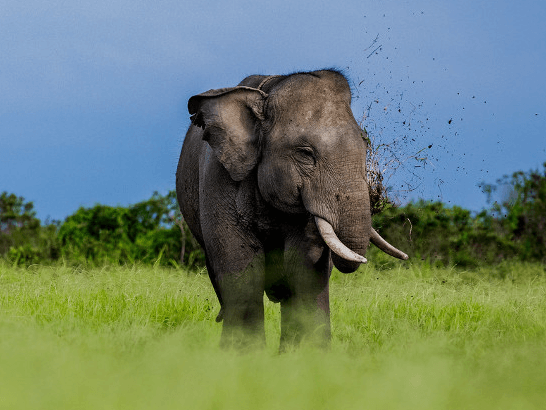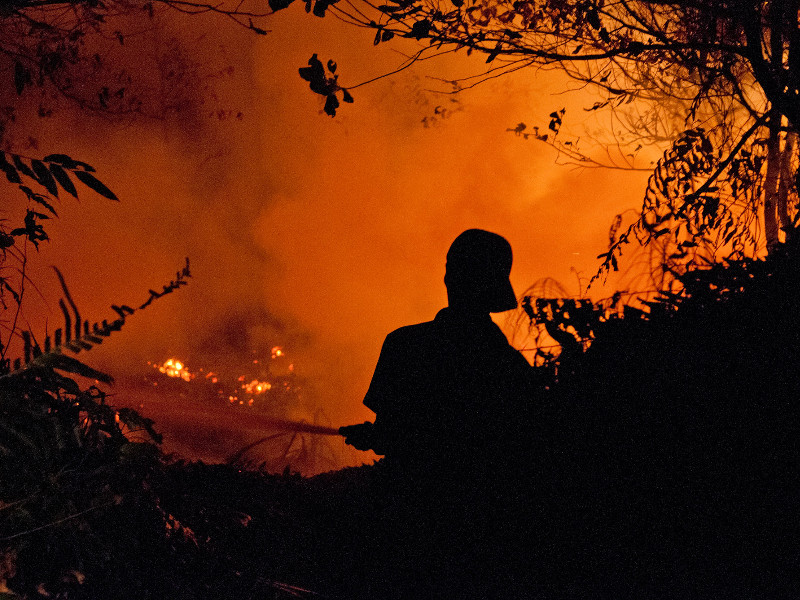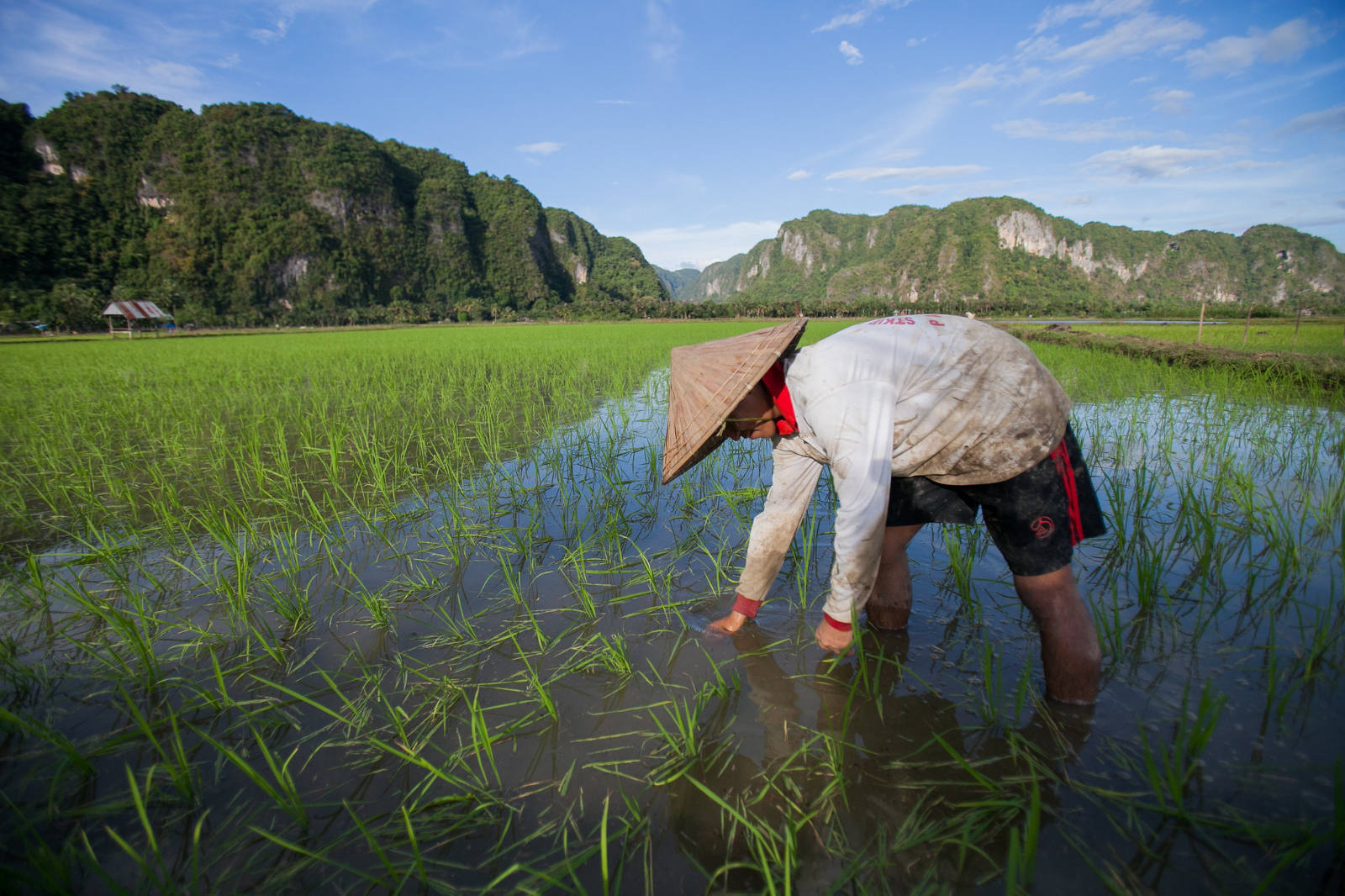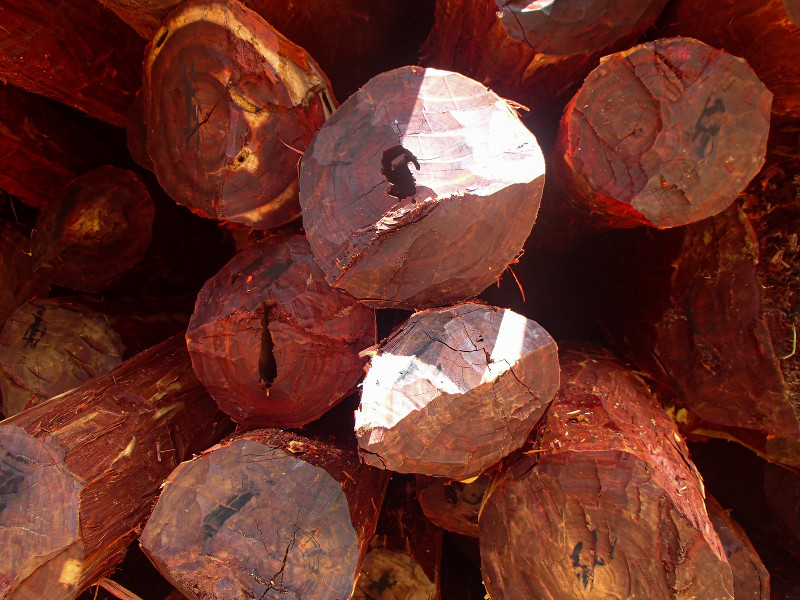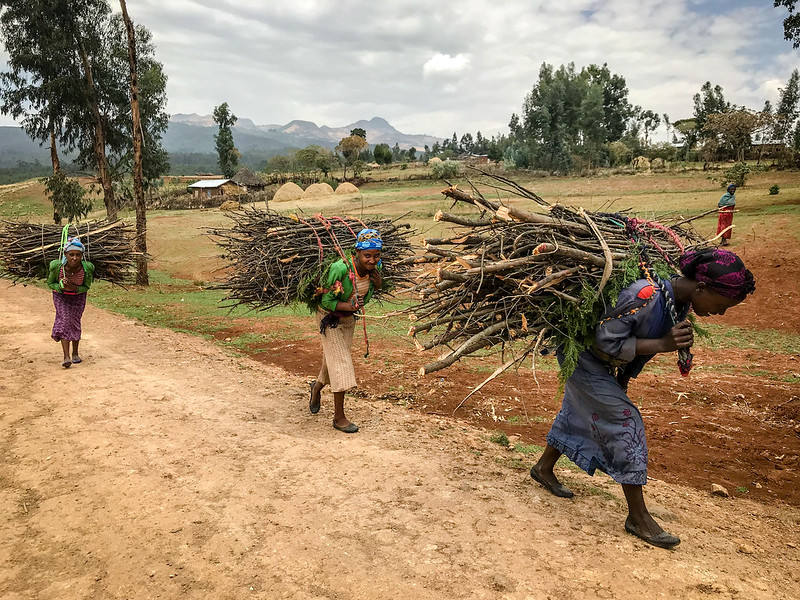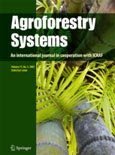Agroforestry is widely promoted across Sub-Saharan Africa as a strategy for restoring degraded landscapes and enhancing livelihoods, with strong potential to support Sustainable Development Goals (SDGs)—especially SDG 15 (Life on Land) and SDG 2 (Zero Hunger). However, despite significant investments in agroforestry initiatives, there is limited evidence on their effectiveness in driving adoption at scale. This study employs the augmented inverse probability weighting method to assess how exposure to agroforestry practices influences tree planting adoption and intensity, using panel household data from Eastern Rwanda. Findings indicate that exposure increased adoption probability by 7% (p = 0.03). Households exposed both before and after the baseline period demonstrated a higher adoption probability (15%, p = 0.01), suggesting that cumulative exposure has a lasting impact. While exposure modestly improved tree diversity and increased the number of trees in cropping fields, farmers primarily adopted exotic species over indigenous ones. Moreover, the study found that male household exposure correlated with higher adoption probability and greater tree numbers, and seedling provision positively influenced tree numbers and species diversity among adopters. The findings highlight the importance of sustained farmer engagement, targeted gender-sensitive interventions, and structured training programs. Additionally, policies should prioritize seedling availability and establish an enabling policy environment to maximize adoption and agroforestry impact.
DOI:
https://doi.org/10.1007/s10457-025-01197-6
Dimensions Citation Count:

Publication year
2025
Authors
Kegode, H.; Jourdain, D.; Woldeyohanes, T.; Hughes, K.; Karuaihe, S.T.
Language
English
Keywords
smallholders, adoption, tree planting, households, agroforestry, seedlings, land management, livelihoods, gender analysis
Geographic
Rwanda











